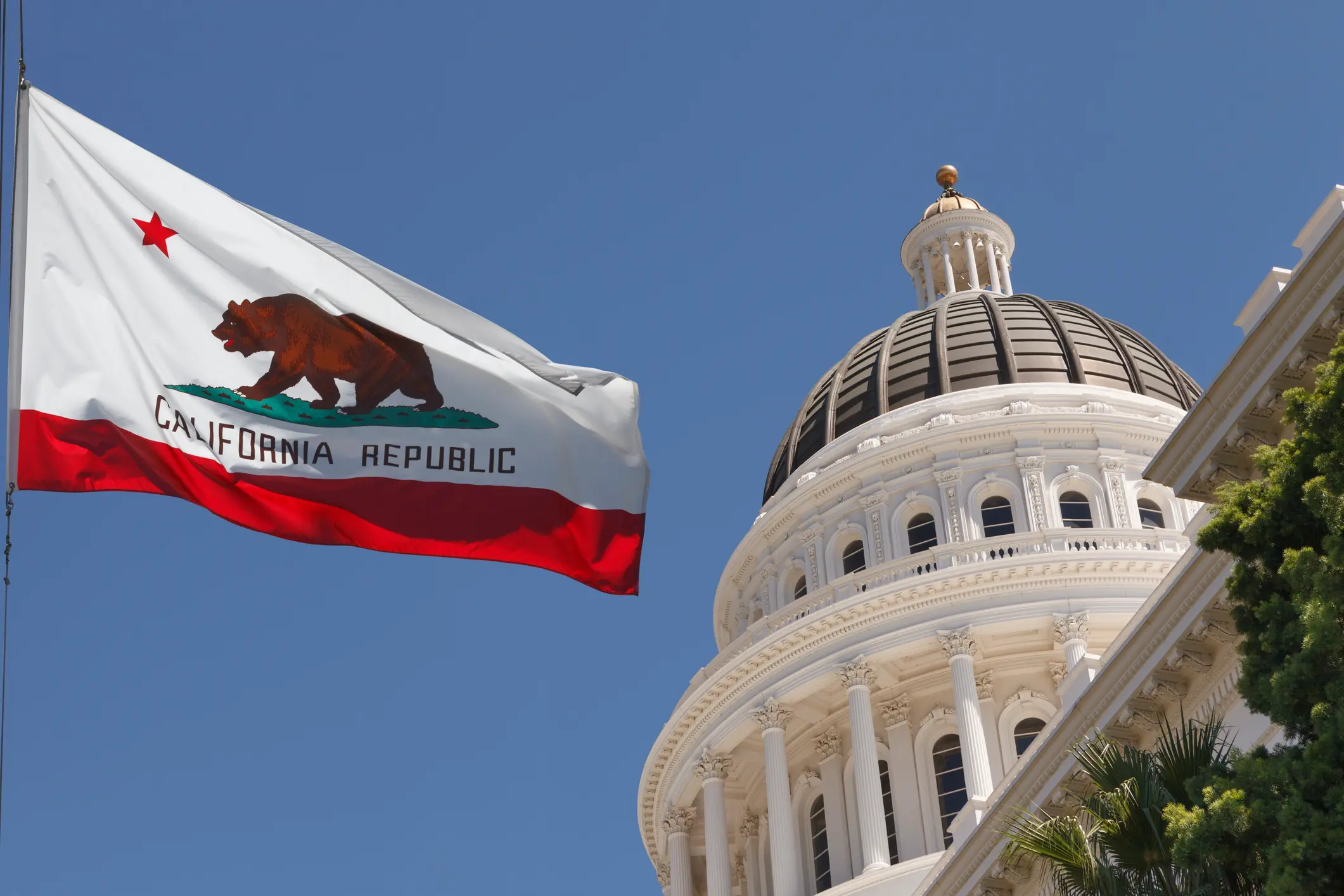California has taken another decisive step in advancing corporate climate accountability. In July 2025, the California Air Resources Board (CARB) released its long-awaited guidance on the Climate Corporate Data Accountability Act (SB 253) and the Climate-Related Financial Risk Act (SB 261). Together, these two laws form the California Climate Accountability Package — a landmark set of disclosure rules that will reshape how thousands of companies measure, manage, and report their greenhouse-gas emissions and climate risks.
Then, in October 2025, CARB published its Draft Scope 1 & 2 Greenhouse-Gas Reporting Template for SB 253 and opened public comments through 27 October 2025. It also issued a non-exhaustive list of companies expected to report under the new laws. Together, these milestones move the legislation from principle to practice.
This article explains what CARB’s guidance means in practice, who it affects, and how organisations can prepare now.
What is CARB Guidance?
CARB’s guidance provides the implementation framework for California’s new climate-disclosure laws. It bridges legislation and execution, translating the legal text into how companies should collect, calculate, and disclose emissions and climate-related risks.
While SB 253 and SB 261 set the regulatory requirements, CARB defines the methodologies, timelines, templates, and verification processes that make compliance operational. Its guidance draws on international frameworks:
- Greenhouse Gas Protocol (for emissions accounting)
- Task Force on Climate-related Financial Disclosures (TCFD) (for climate risk reporting)
- International Sustainability Standards Board (ISSB) (for disclosure structure and comparability)
This alignment reduces duplication for multinational companies while maintaining rigour and credibility.
Quick recap of SB 253 and SB 261
To understand the guidance, it’s worth revisiting what these two bills require. Together, they create the first mandatory, standardised climate disclosures in the United States, setting a precedent likely to influence federal and state policy.
SB 253: Climate Corporate Data Accountability Act
- Applies to companies doing business in California with annual revenue > $1 billion
- Requires annual public disclosure of Scope 1, 2 & 3 emissions, following GHG Protocol
- Mandates third-party assurance, starting with limited assurance for Scopes 1 & 2 in 2026 and reasonable assurance by 2030
SB 261: Climate-Related Financial Risk Act
- Applies to companies doing business in California with annual revenue > $500 million.
- Requires biennial climate-risk reports aligned with TCFD/IFRS S2, posted publicly
- Reports must describe governance, risk management, strategy, and metrics & targets
What CARB clarified in its July 2025 guidance
CARB released FAQs and workshops offering clarity on SB 253 in five key areas:
1. Staggered implementation timeline
- 2026 → Scope 1 & 2 reporting (based on 2025 data)
- 2027 → Scope 3 reporting (based on 2026 data)
- 2028 onwards → Annual disclosures with assurance verification
2. Scope 3 boundaries
Scope 3 reporting was explicitly aligned with the GHG Protocol Value Chain Standard, covering both upstream and downstream activities including purchased goods, transportation, waste, use of sold products, and end-of-life treatment. CARB emphasised transparency over perfection, expecting data quality to improve over time.
3. Verification requirements
To improve data integrity and investor confidence, emissions data must be assured by accredited, independent verifiers; assurance standards such as ISAE 3000, AA1000, ISO 14064, and AICPA criteria are under evaluation.
4. Reporting format
Disclosures will be digitally submitted via a CARB-managed platform and made publicly accessible to ensure consistency and comparability across sectors.
5. Alignment with federal and global standards
CARB aims to align with the SEC Climate Disclosure Rule and the EU CSRD requirements, creating interoperability and minimising duplicate reporting for global filers.
What changed in October 2025
Draft Scope 1 & 2 reporting template
On 10 October 2025, CARB released a draft template detailing how entities will report Scope 1 and 2 emissions under SB 253. The public-comment period runs until 27 October 2025. Feedback will inform the final template for use ahead of the 30 June 2026 reporting deadline.
Key features include:
- Activity-based source categories (electricity, stationary combustion, mobile fuel, refrigerants)
- Fields for boundary-method selection and renewable-energy procurement
- Space to document reduction initiatives and market- vs location-based totals
- Voluntary use in 2026, but a clear preview of required data structure
SB 261 reporting checklist and public docket
The due date for the first climate-risk reports was confirmed to be 1 January 2026, and a Draft SB 261 Checklist mapping directly to TCFD/IFRS S2 was published. A public docket will open from 1 December 2025 - 1 July 2026 for companies to upload links to their reports.
List of in-scope companies
In mid-October, a non-exhaustive list of entities expected to report under SB 253 and SB 261 was published. The list, derived from public business registry and revenue data, is meant to help organisations identify potential obligations and facilitate outreach to subsidiaries or parent companies. Inclusion does not guarantee final coverage, but omission doesn’t confer exemption. Companies must still self-assess against the revenue and business-presence thresholds.
Continuing rulemaking
CARB plans to issue a Notice of Proposed Rulemaking in December 2025 following the comment review, with final rules targeted for adoption in early 2026. Workshops will continue to refine Scope 3 timelines, assurance criteria, and potential administrative fees.
Who does the California Climate Accountability Package affect?
More than 5,300 companies are estimated to fall under SB 253 and SB 261. However, the ripple effects will extend far beyond that group. Because Scope 3 disclosure extends across value chains, thousands of small-to-mid-size suppliers will be asked for emissions data by customers and investors.
How companies should prepare
- Map data to the October template. Align internal systems with the draft fields so you can generate source-level activity data and audit trails by early 2026.
- Prepare the SB 261 report. Use the CARB Checklist to finalise climate-risk content, governance, and metrics before the 1 Jan 2026 deadline.
- Build assurance-ready evidence. Implement internal data-quality controls to make third-party verification smoother and less costly.
- Engage suppliers now. Begin Scope 3 data collection templates and communication before the 2027 phase-in.
- Invest in reliable tools. Choose platforms that integrate directly with operational and financial data, reducing manual input and error.
- Monitor CARB updates. Subscribe to their mailing list and docket notifications for the final template, company-list updates, and rule adoption.
How Zevero supports compliance with California Climate Rules
Zevero helps organisations turn regulatory complexity into action. Our platform combines AI-powered carbon accounting with hands-on guidance from sustainability experts to simplify compliance with California’s Climate Accountability Package. We help you measure accurately, align your emissions data with your climate-risk narrative, and ensure disclosures meet the expectations of TCFD, ISSB, and other global frameworks.
→ Get in touch to see how Zevero can support your reporting under SB-253 and SB-261.
Key Takeaways
- July 2025 guidance established timelines, methodologies, and assurance expectations.
- October 2025 updates introduced a Draft Scope 1 & 2 Template, a non-exhaustive company list, and comment window to 27 Oct 2025.
- Upcoming deadlines: SB-261 reports → 1 Jan 2026; SB-253 Scopes 1 & 2 → 30 Jun 2026; Scope 3 → 2027.
- Early preparation—especially around data architecture and supplier engagement—will minimise cost and compliance risk.





